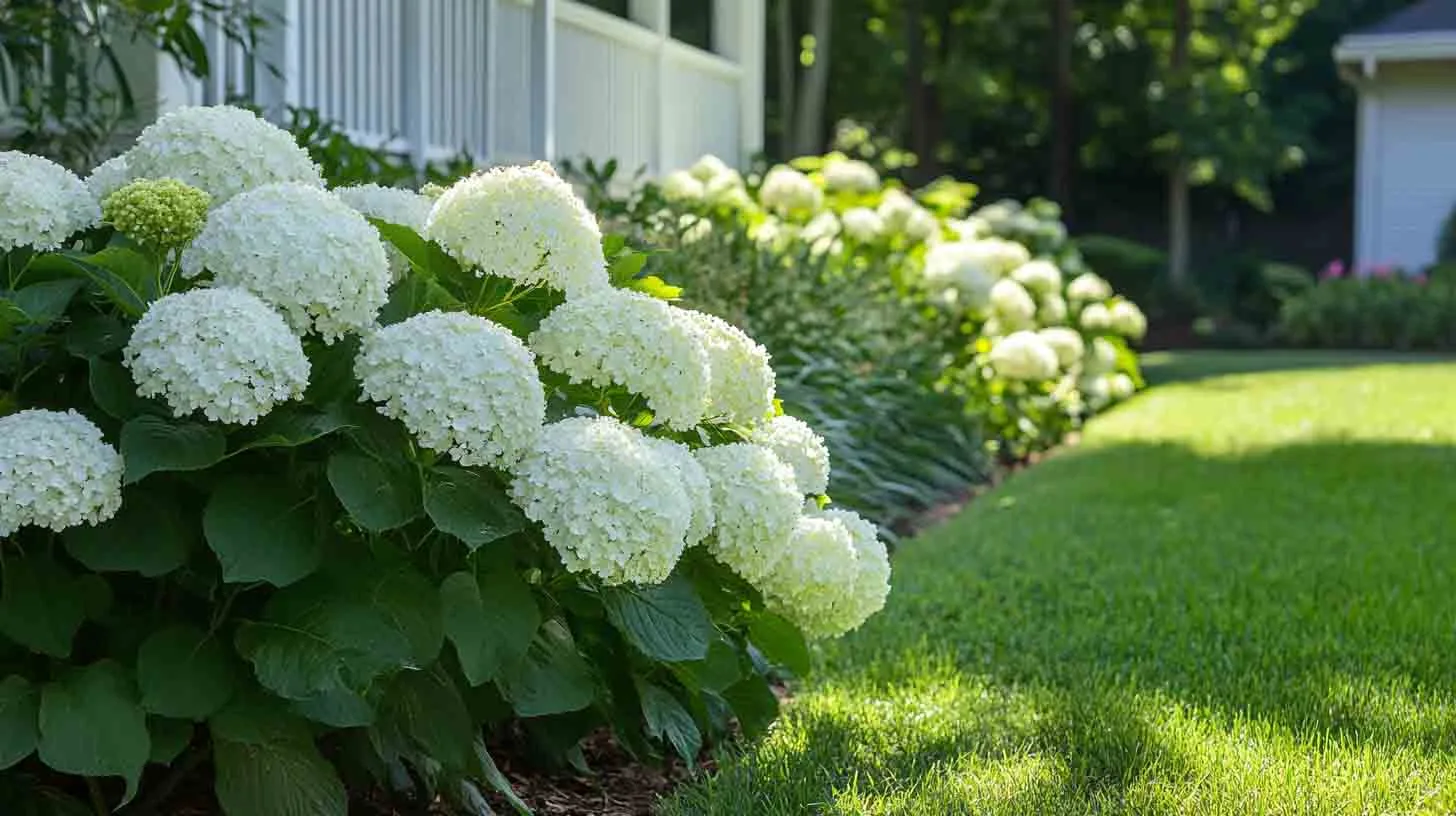Let’s be real, gardening in Zone 3 can feel like a challenge. With those short summers and harsh winters, it’s easy to assume your options are limited.
But here’s the good news, you can have a colorful, flower-filled backyard without babying tropical plants all season.
I’ve been gardening in chilly conditions for a while now, and trust me, these hardy flowering trees and shrubs are absolute game-changers.
They’re tough, beautiful, and they thrive even when winter tries to steal the show.
So, let me walk you through some of my tried-and-true favorites that make gardening up north way more fun.
Why Plant Flowering Trees and Shrubs in Zone 3?
You might be wondering if it’s really worth the effort. Spoiler, yes, it is.
Flowering trees and shrubs don’t just add curb appeal, they bring texture, seasonal color, and often a bit of fragrance to your yard. In Zone 3, where the growing season is short, every blooming moment counts.
Here’s why they’re worth planting:
- Low-maintenance color: Unlike annuals, these guys keep coming back every year.
- Winter-hardy champions: Built for cold, they won’t flinch when the snow hits.
- Wildlife friendly: Many blooms attract bees, butterflies, and even hummingbirds.
- Structure + design: Shrubs add height and help create layers in your garden design.
Plus, there’s just something extra satisfying about seeing flowers where others said nothing could grow.
1. Lilac (Syringa vulgaris)
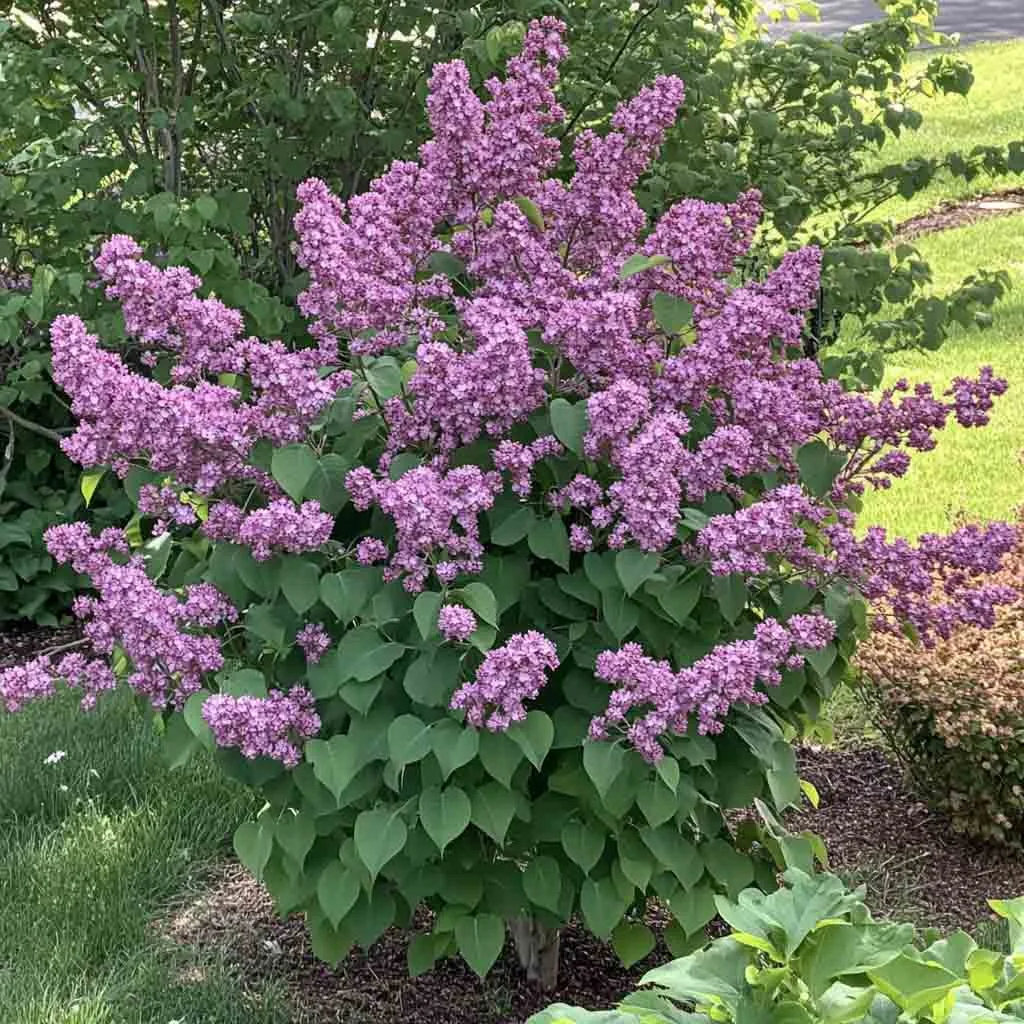
Lilacs are like that reliable friend who shows up every spring with a gift, and that gift smells amazing.
I have two by my back deck and every May, they explode in fragrant purple blooms that instantly make everything feel alive again.
Key Highlights:
- Cold hardy to Zone 2
- Blooms in late spring
- Low maintenance once established
Tips:
- Plant in full sun
- Prune right after blooming to encourage next year’s flowers
2. Flowering Crabapple (Malus spp.)
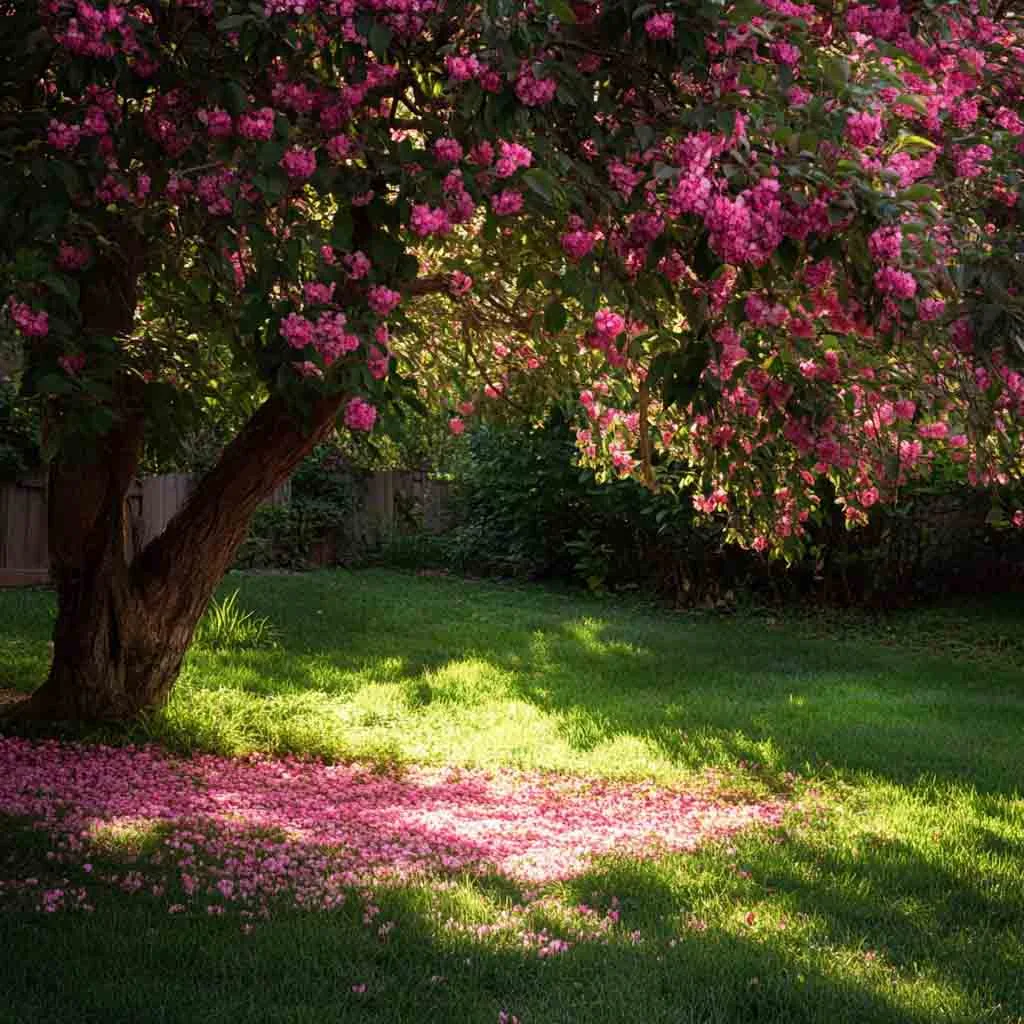
Don’t sleep on flowering crabapples. Their spring display is one of the most jaw-dropping shows you’ll get in a Zone 3 garden.
Mine goes from bare branches to full pink bloom in just a few days, and every year, I fall in love all over again.
Design Tips:
- Choose disease-resistant varieties like ‘Royalty’ or ‘Thunderchild’
- Some offer mini fruit that feeds birds all winter long
- Expect vibrant fall foliage, too
3. Mock Orange (Philadelphus lewisii)
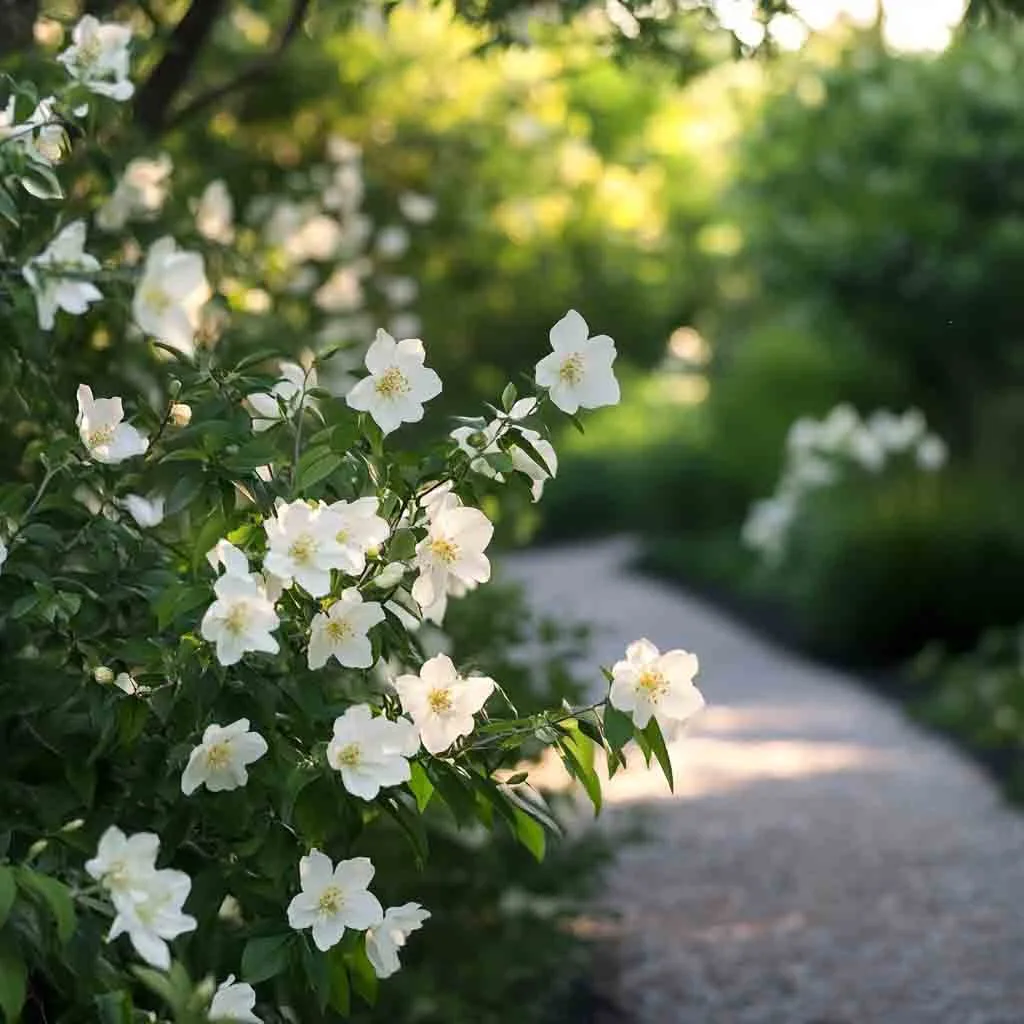
Want a shrub that smells like citrus perfume in June? Mock orange is your guy.
It’s been my go-to for adding a touch of elegance near walkways. Bonus, the bees go wild for it.
Why I Love It:
- Pure white blooms with incredible scent
- Super cold hardy
- Works as a flowering hedge or stand-alone shrub
Care Notes:
- Needs well-drained soil
- Prune after blooming to shape
4. Japanese Tree Lilac (Syringa reticulata)
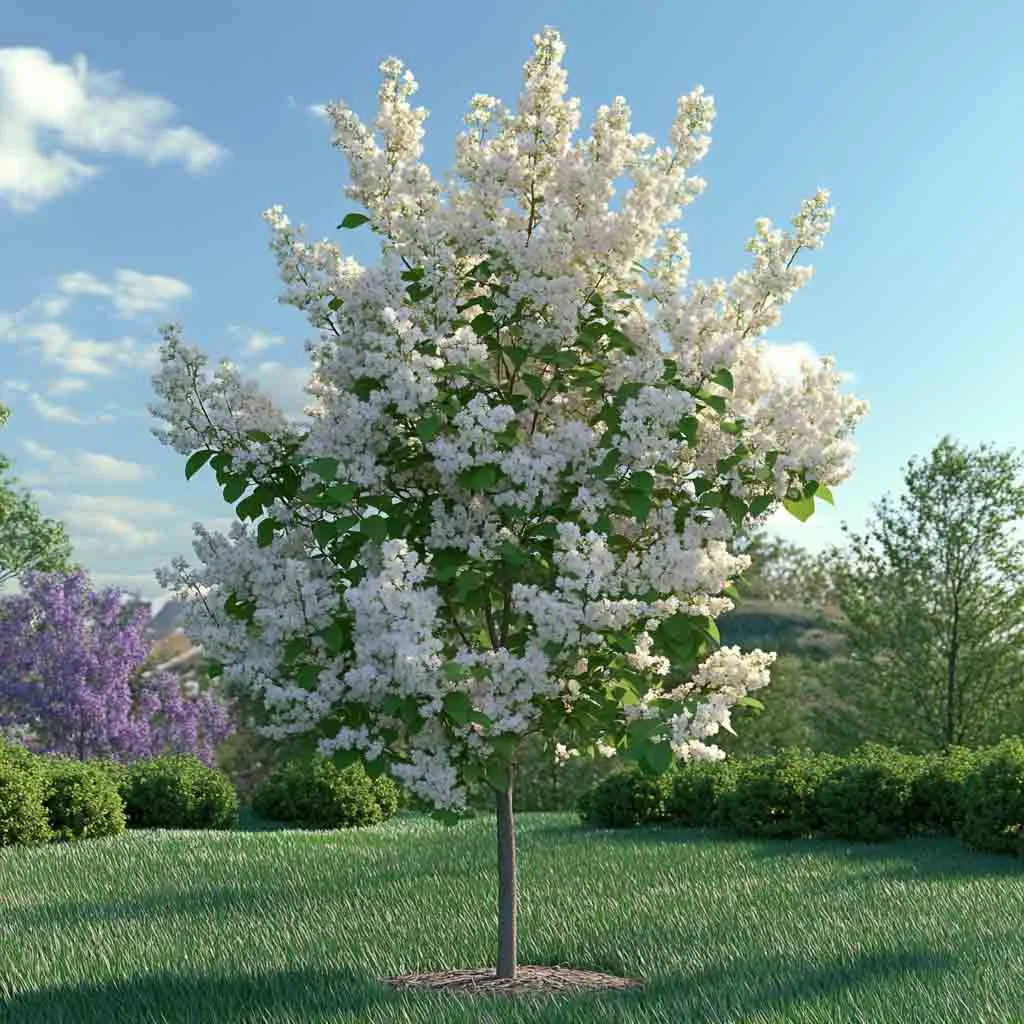
A cousin of the classic lilac, this one is a small flowering tree that blooms a bit later, perfect for keeping your garden colorful into early summer.
Mine fills the air with honey-sweet scent and lights up the yard with creamy white blossoms.
Standout Features:
- Blooms in early summer
- Tolerates urban conditions
- Peeling bark adds winter interest
Planting Advice:
- Full sun is best
- Use as a focal point in small spaces
5. Spirea (Spiraea spp.)
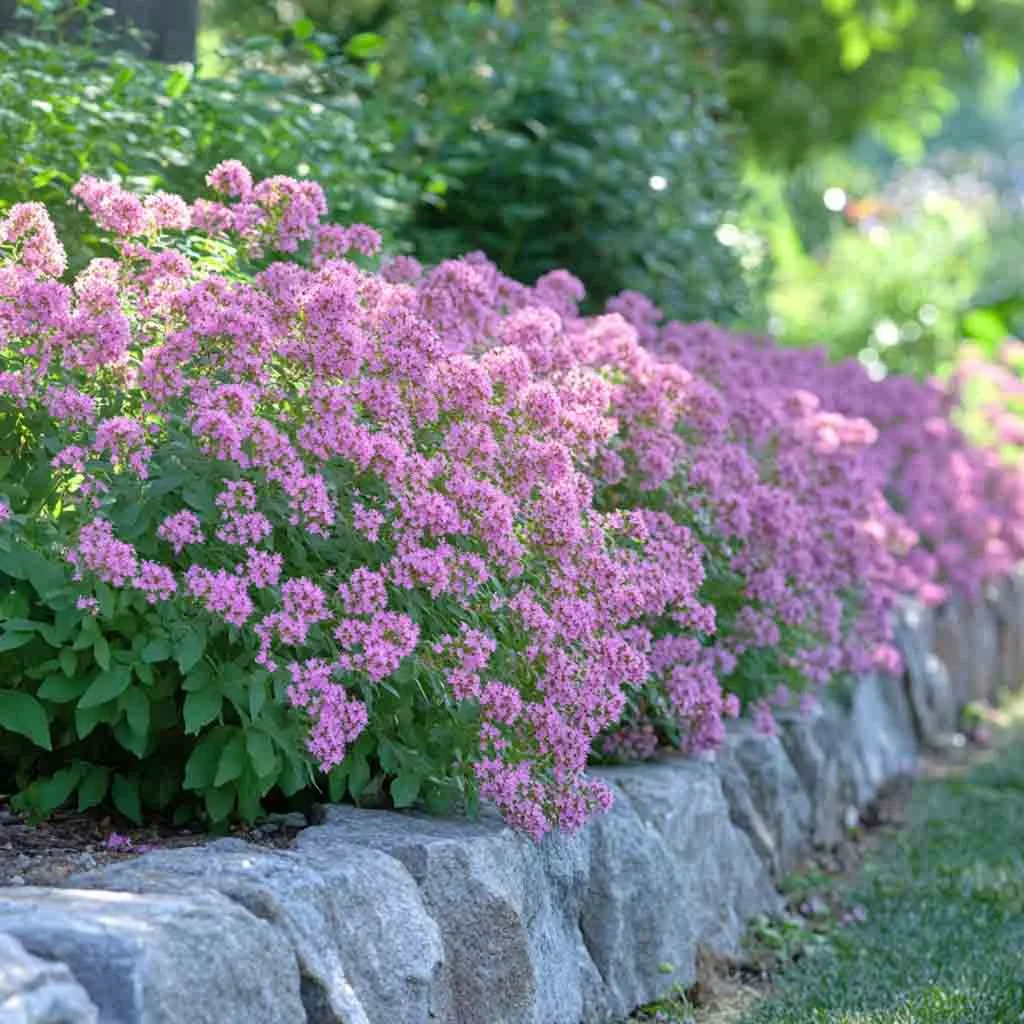
This is one of those shrubs that just keeps giving. Pink, white, or even golden-tinged varieties, there’s a spirea for every style.
I pop these in near borders or walkways, and they never disappoint.
What to Expect:
- Long bloom season
- Compact, rounded shape
- Some varieties rebloom later in summer
Top Picks:
- ‘Goldmound’ for yellow foliage
- ‘Anthony Waterer’ for rich pink blooms
6. Ninebark (Physocarpus opulifolius)

This one’s a total stunner, not just for its flowers, but also the deep purple or copper leaves that stick around all season.
I love using Ninebark as a backdrop for lighter plants, it adds contrast like a dream.
Why It Rocks:
- Peeling bark gives winter appeal
- Pinkish-white flowers in early summer
- Resistant to pests and diseases
Pro Tip:
- Choose ‘Diabolo’ or ‘Amber Jubilee’ for standout foliage
- Handles poor soil like a champ
7. Serviceberry (Amelanchier alnifolia)
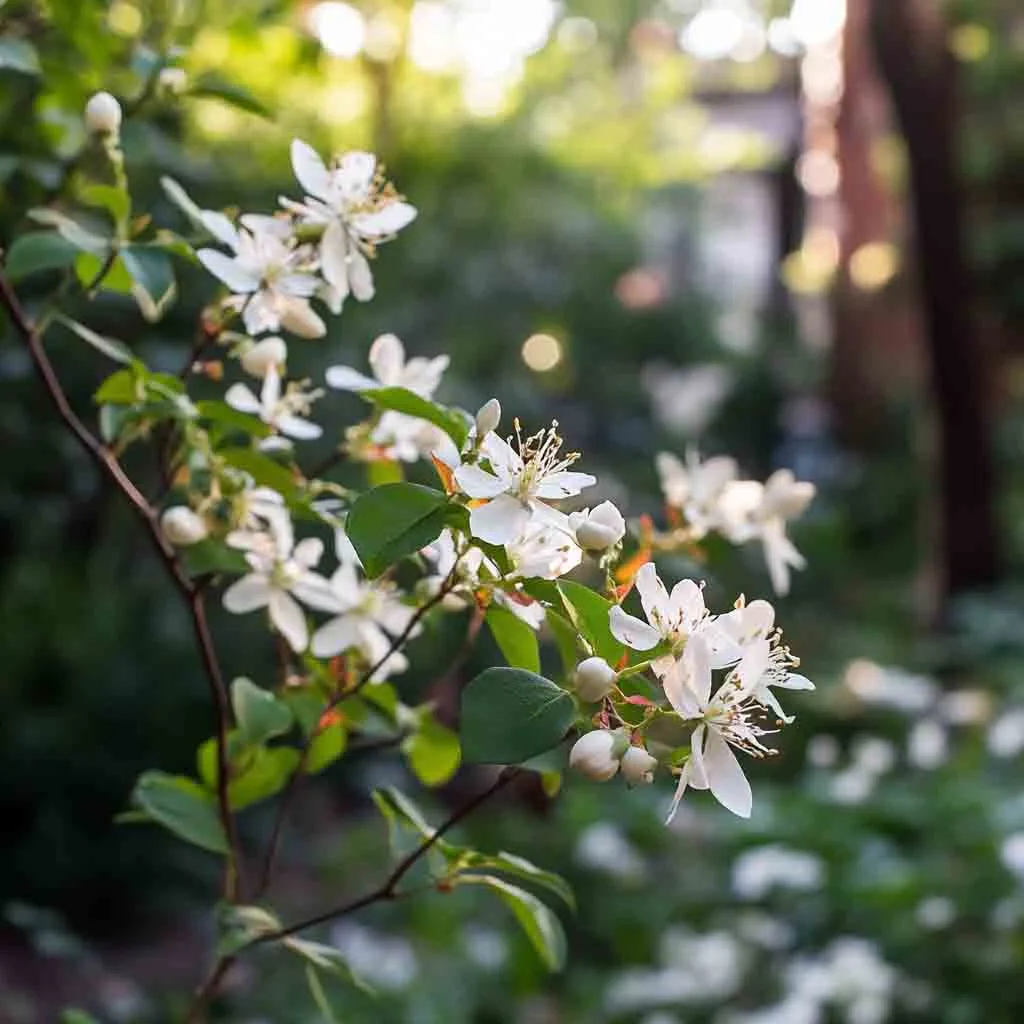
If you’re after multi-season beauty, this small tree or tall shrub brings it all, white spring flowers, edible berries, and fiery fall color.
We make jam from ours every year, and the birds beat us to it half the time.
Perks:
- Native to cold climates
- Tolerates wind and clay soil
- Blooms in early spring before most other trees
Extra Tips:
- Great for hedging
- Needs sun to part shade
8. Hardy Rose (Rosa rugosa)
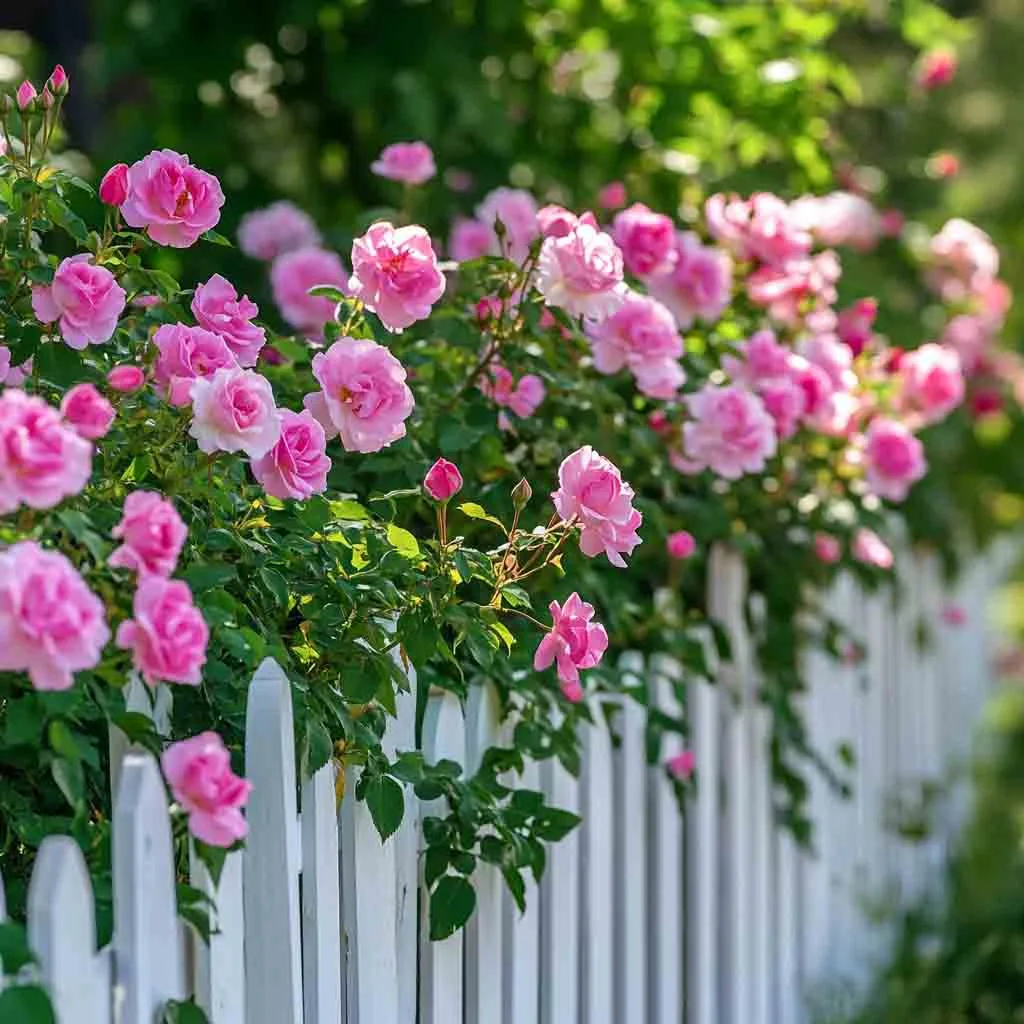
Don’t write off roses just because you live in Zone 3. Rugosa roses are basically indestructible and bloom like crazy all summer long.
I planted a few along my front fence, and now the scent hits me the second I open the gate.
Why You’ll Love Them:
- Cold hardy to Zone 2
- Repeat bloomer
- Fragrant and thorny (good for privacy)
Planting Tips:
- Loves sandy or poor soil
- Give it full sun and room to spread
9. Korean Lilac (Syringa meyeri ‘Palibin’)
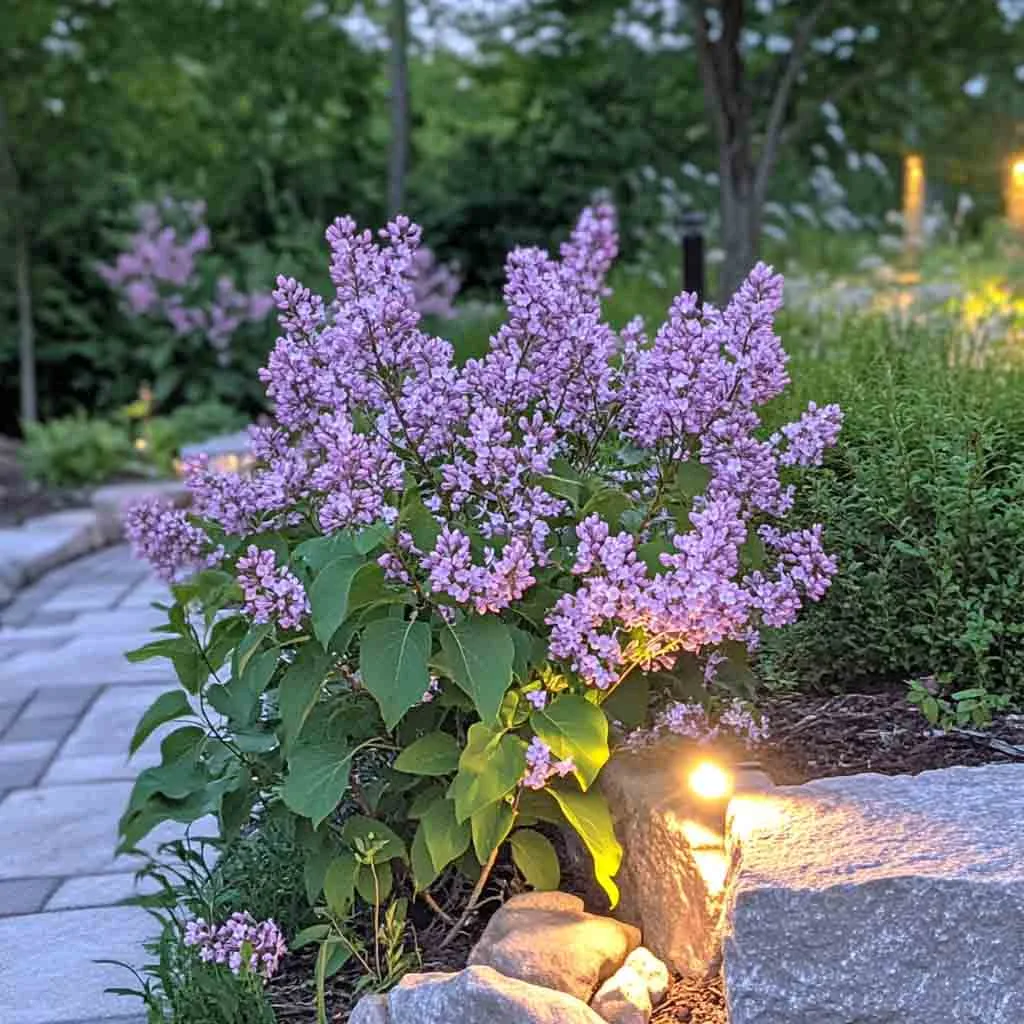
A smaller lilac with compact shape and lavender blooms, perfect for smaller yards or even containers.
It’s been my go-to for clients who want big impact with little fuss.
Fast Facts:
- Blooms in late spring
- Deer resistant
- Great for foundation planting
Garden Use:
- Border edges
- Pair with dwarf evergreens
10. Viburnum (Viburnum trilobum or V. lantana)
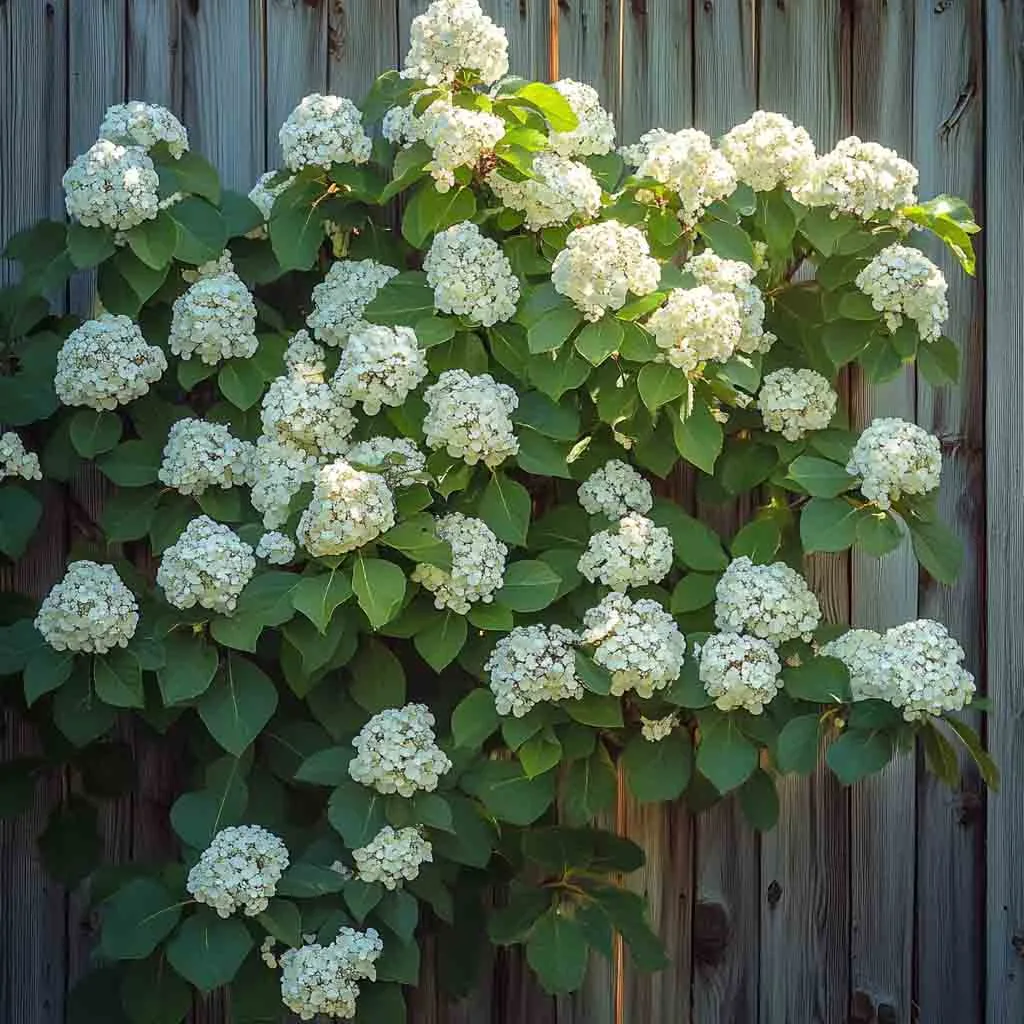
These shrubs are versatile, reliable, and come in dozens of varieties. My favorite is the American cranberrybush, it gives you flowers in spring and bright red berries in fall.
Key Features:
- White flowers in late spring
- Bird-friendly berries
- Many types tolerate shade
Top Tip:
- Try ‘Blue Muffin’ for blue fruit and dense form
- Make sure to check your variety’s hardiness zone
11. Potentilla (Potentilla fruticosa)
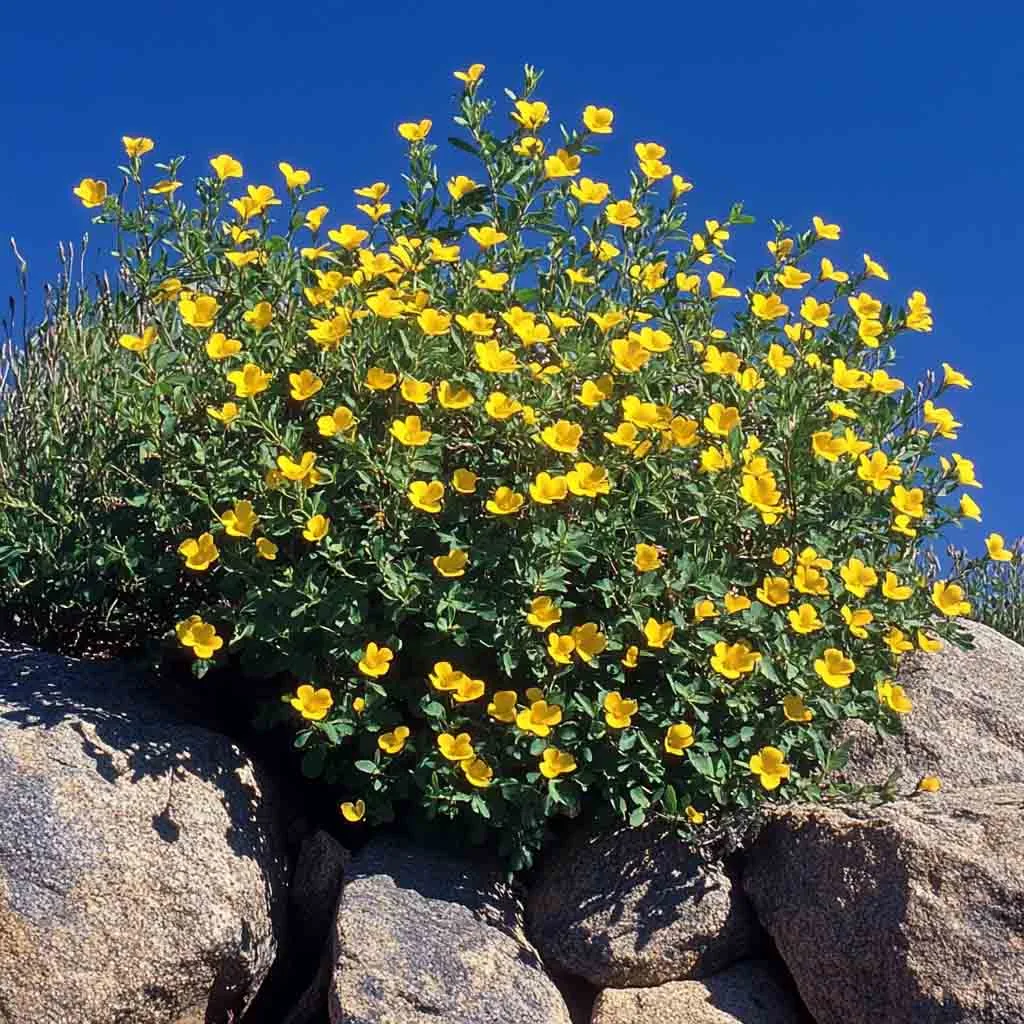
I used to think potentilla was “just another landscape shrub” until I saw how tough and cheerful it was. Now I use it in every low-maintenance design.
What Makes It Awesome:
- Blooms all summer
- Yellow, white, or pink flowers
- Low, dense form perfect for borders
Why It Works in Zone 3:
- Handles drought and cold
- Blooms right through frost
12. Hydrangea arborescens (‘Annabelle’)
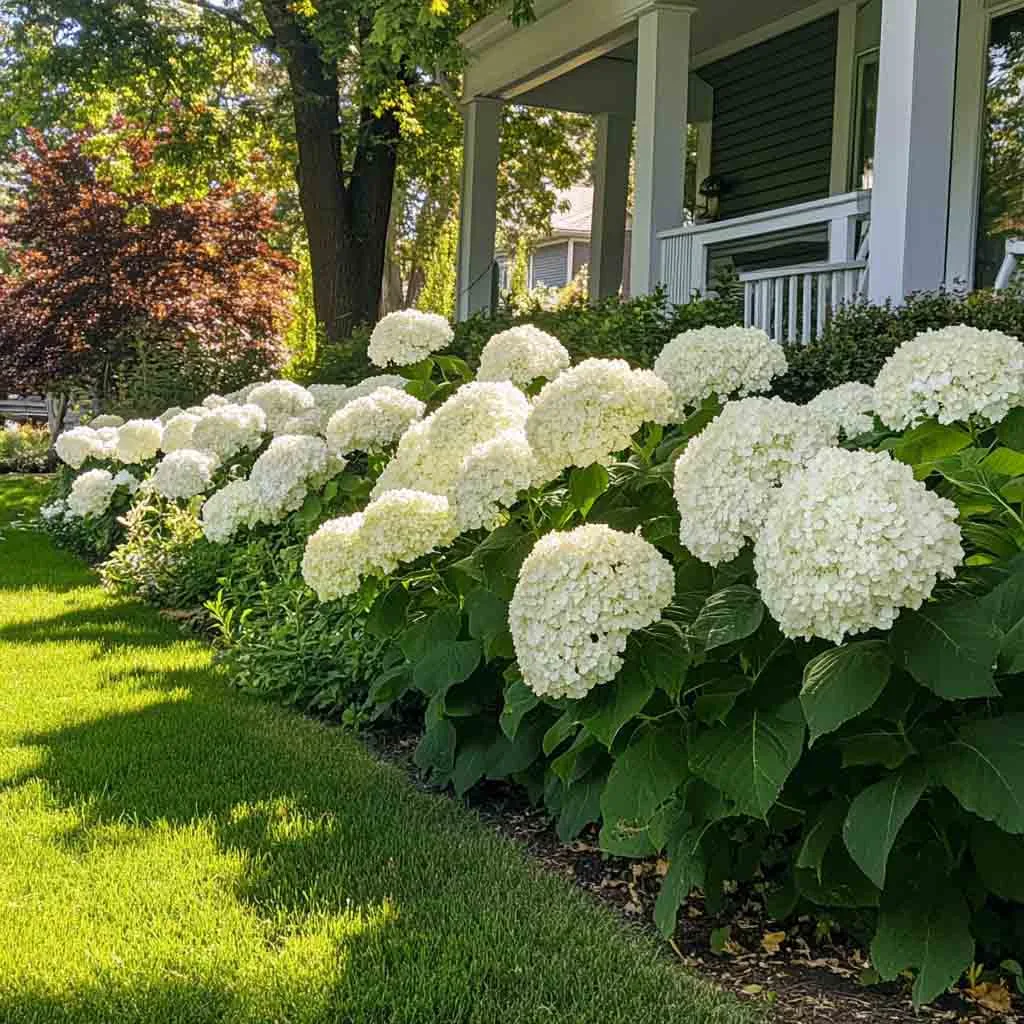
Yes, hydrangeas can work in Zone 3, just not the bigleaf kind. ‘Annabelle’ is your best friend here, with giant white snowball blooms that start green and fade to ivory.
My Experience:
I planted two ‘Annabelles’ near my porch, and they literally steal the show every July. They’re like nature’s pom-poms.
Top Benefits:
- Cold hardy to Zone 3
- Can handle some shade
- Blooms on new wood (so even winter damage doesn’t stop it)
FAQ: Flowering Trees and Shrubs in Zone 3
Can I grow hydrangeas in Zone 3?
Yes, but stick with hardy types like Hydrangea arborescens (‘Annabelle’) or panicle hydrangeas. Avoid the bigleaf varieties, they’re not cold tolerant.
How do I protect shrubs from winter damage?
Use mulch around the base to insulate roots. Wrap delicate shrubs like roses with burlap if they’re exposed to strong winter winds.
When is the best time to plant these in Zone 3?
Late spring or early fall is ideal. Avoid mid-summer planting unless you’re ready to water like crazy during heatwaves.
Do I need to fertilize these shrubs every year?
Not necessarily. Most flowering shrubs do fine with light compost in spring. Over-fertilizing can lead to more leaves and fewer blooms.
Which flowering shrub blooms the longest in Zone 3?
Potentilla and rugosa roses offer extended bloom times, often from late spring through fall. They’re real champs for continuous color.
Final Thoughts: Yes, You Can Have Flowers in Zone 3
I know gardening in Zone 3 can feel a little… limiting. But with the right trees and shrubs, your yard can be just as vibrant and colorful as any southern garden.
I’ve planted these in my own backyard, seen them survive bitter winters, and watched them light up each growing season.
Trust me, you’ve got options, and these beauties won’t let you down.
So grab your gloves, pick your favorites, and let’s get planting.

